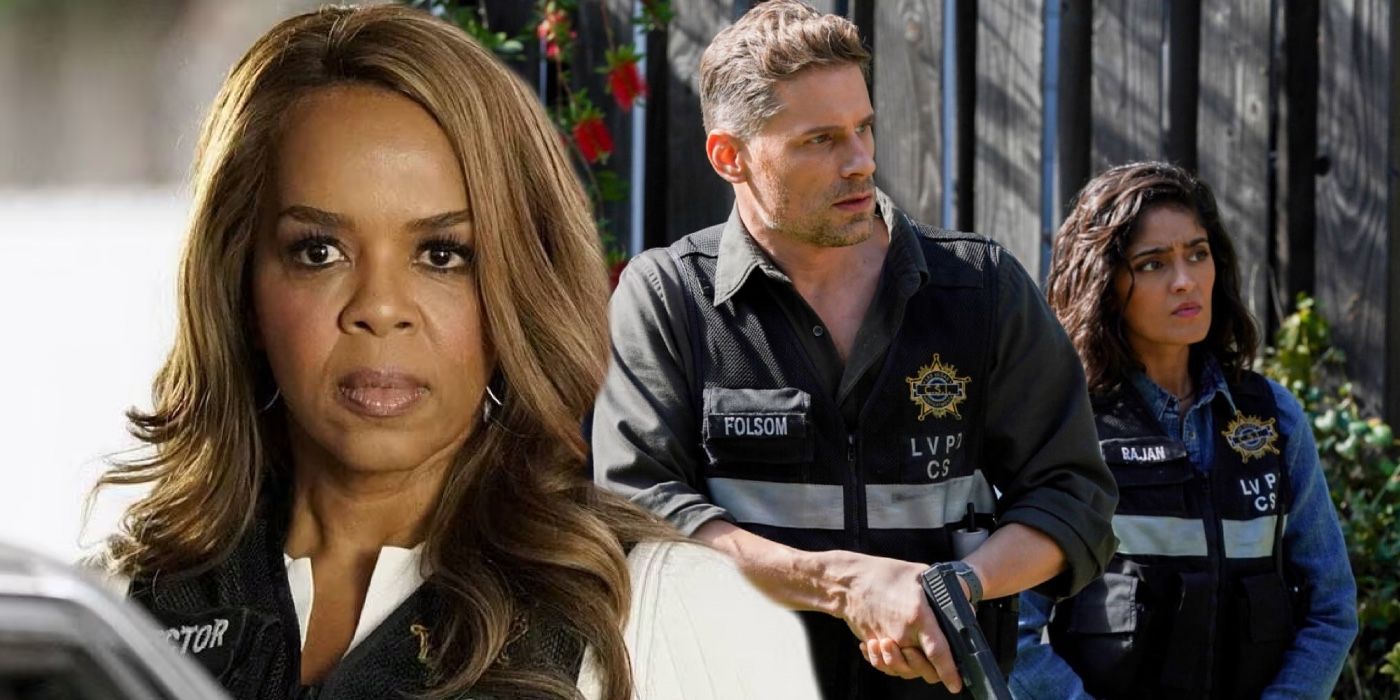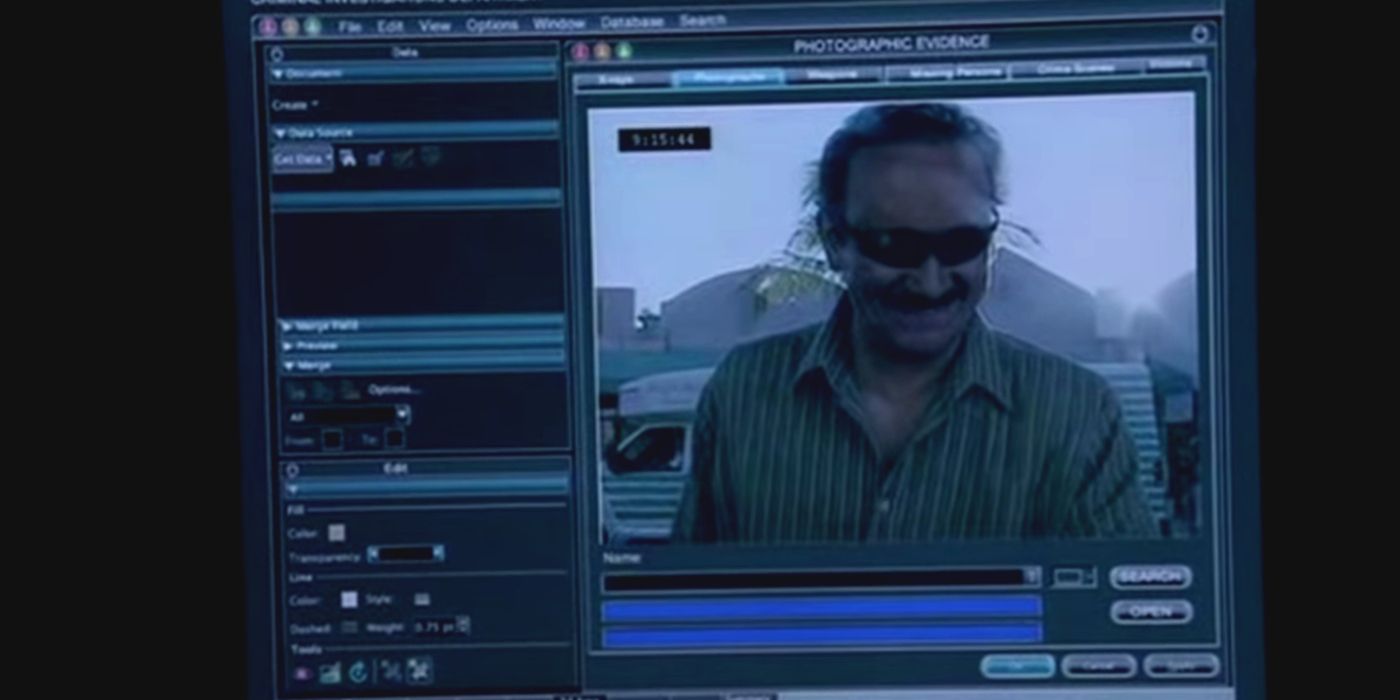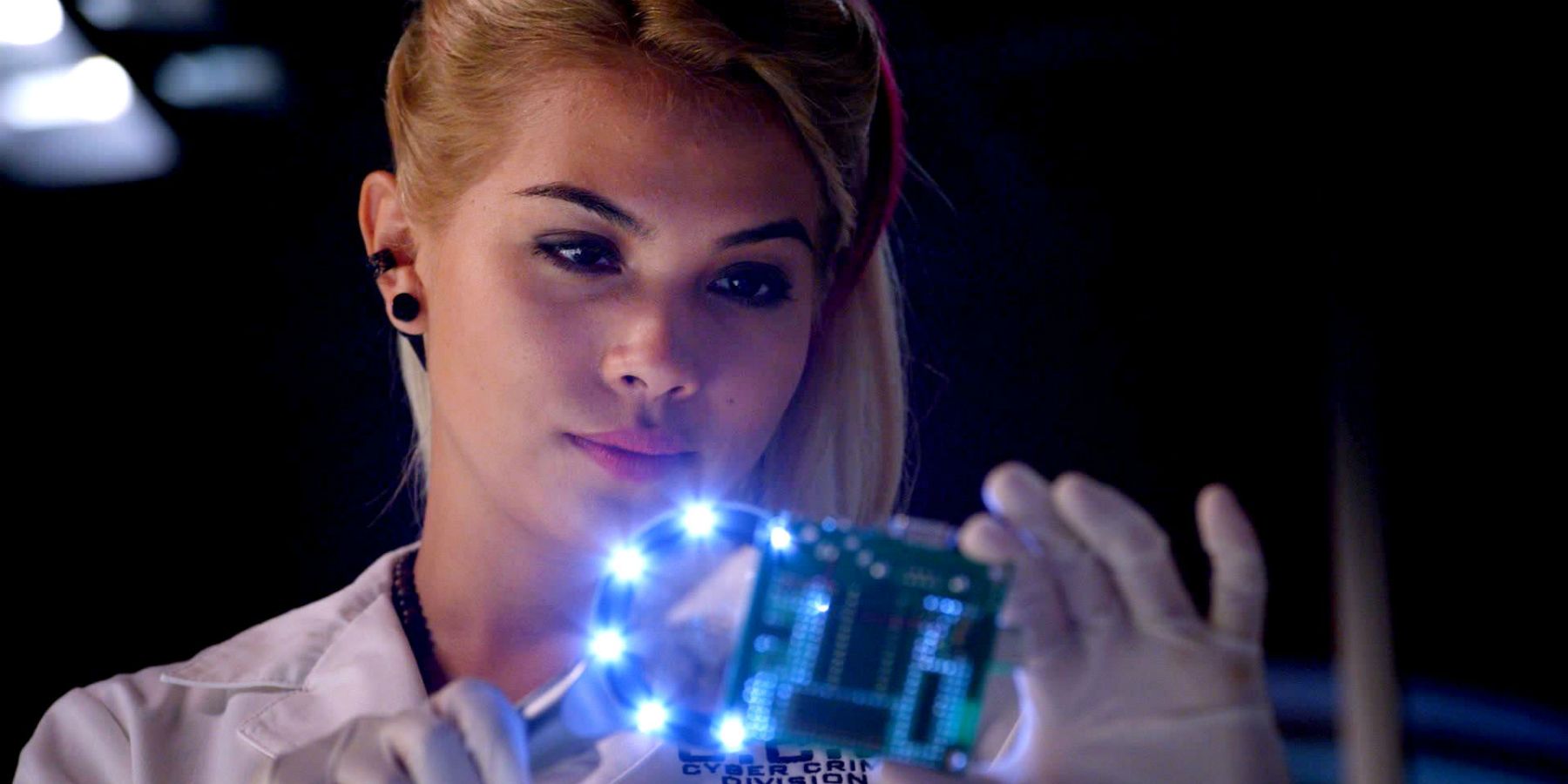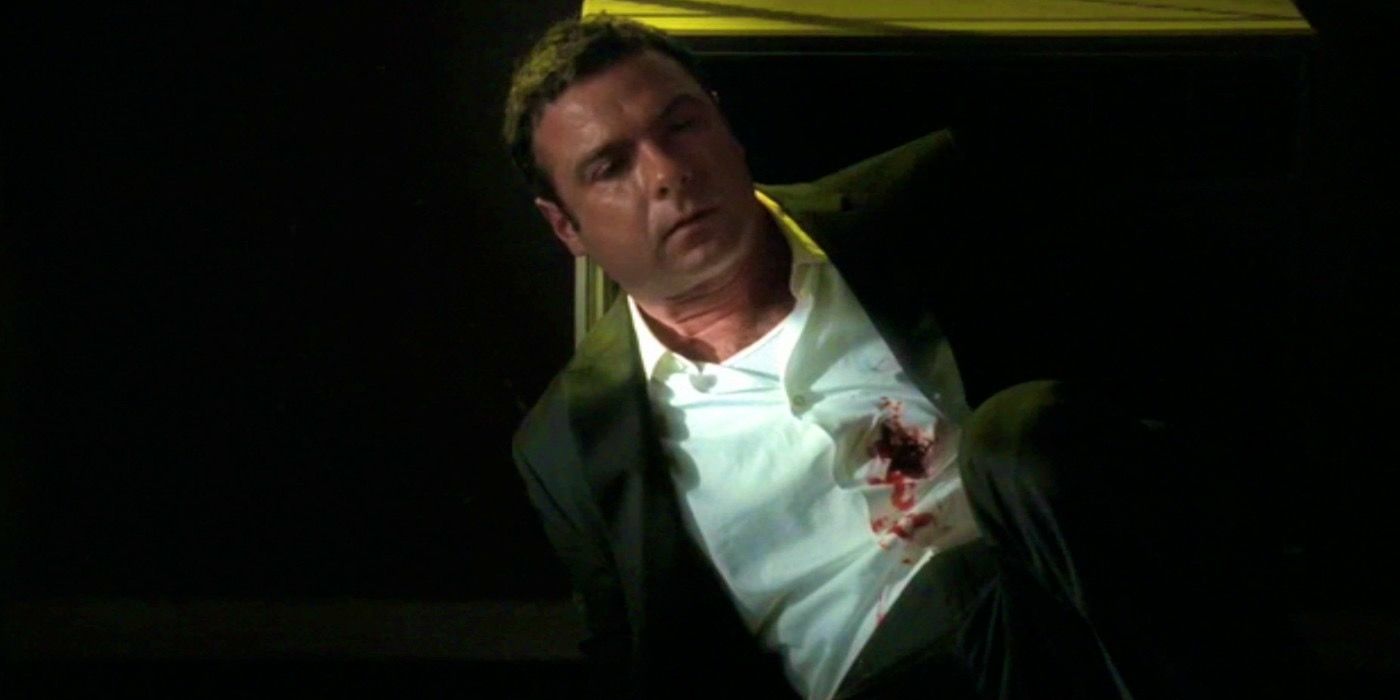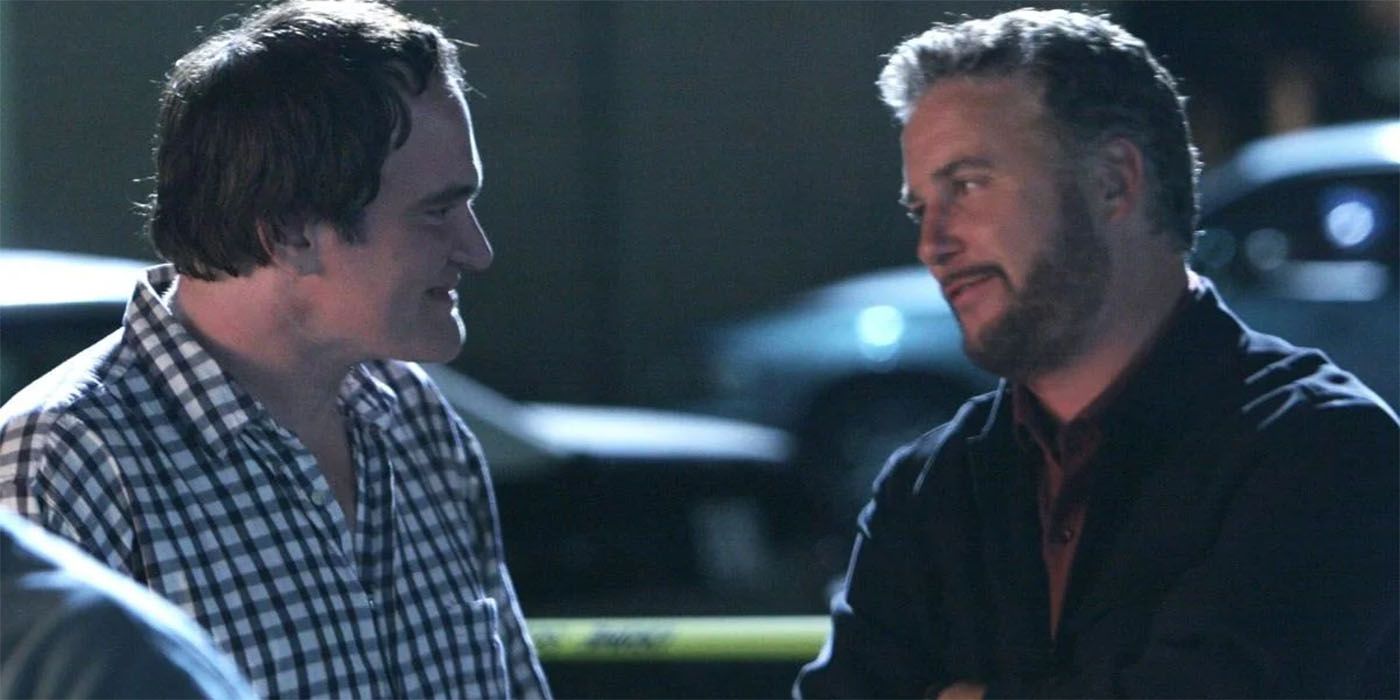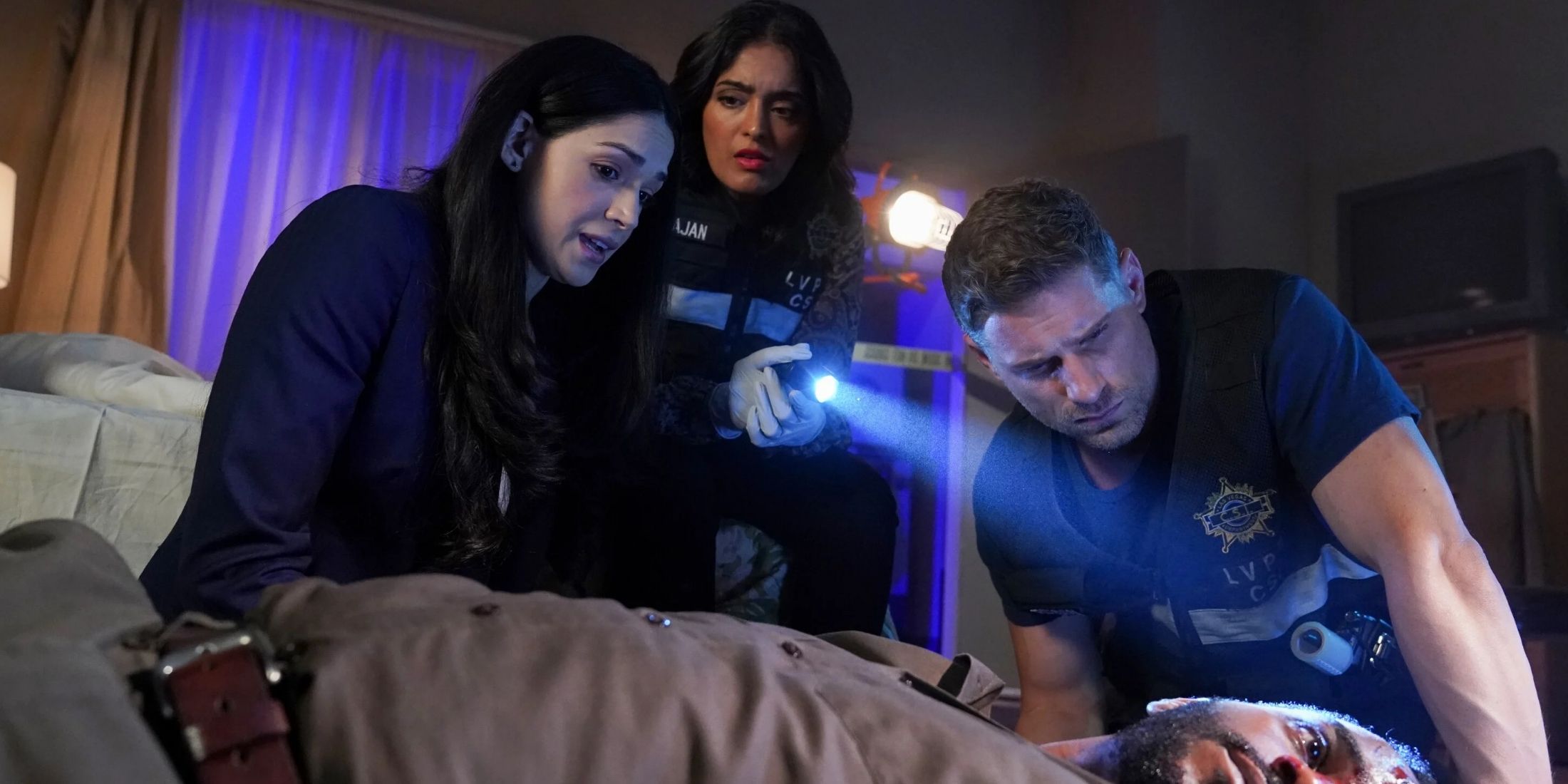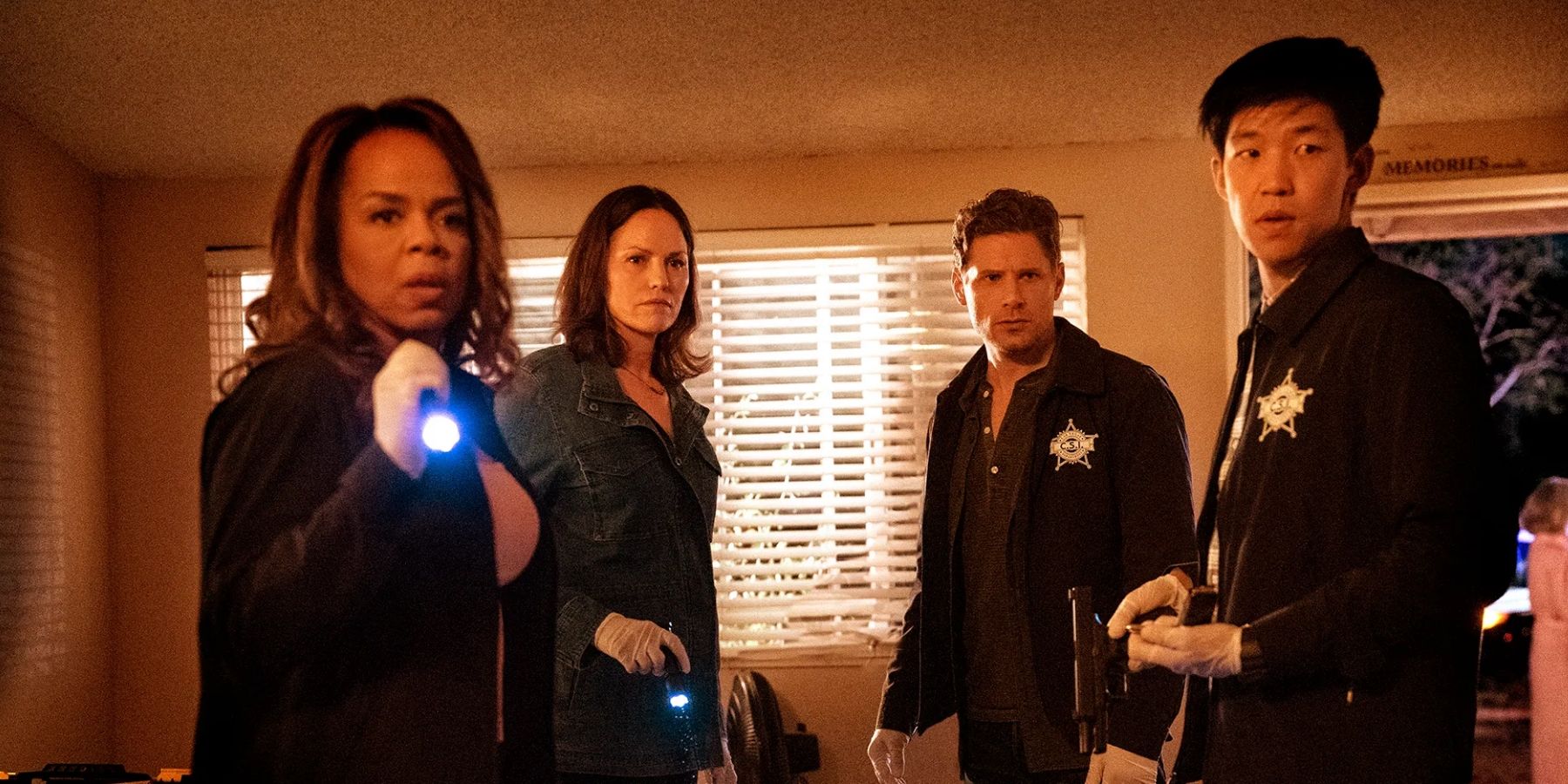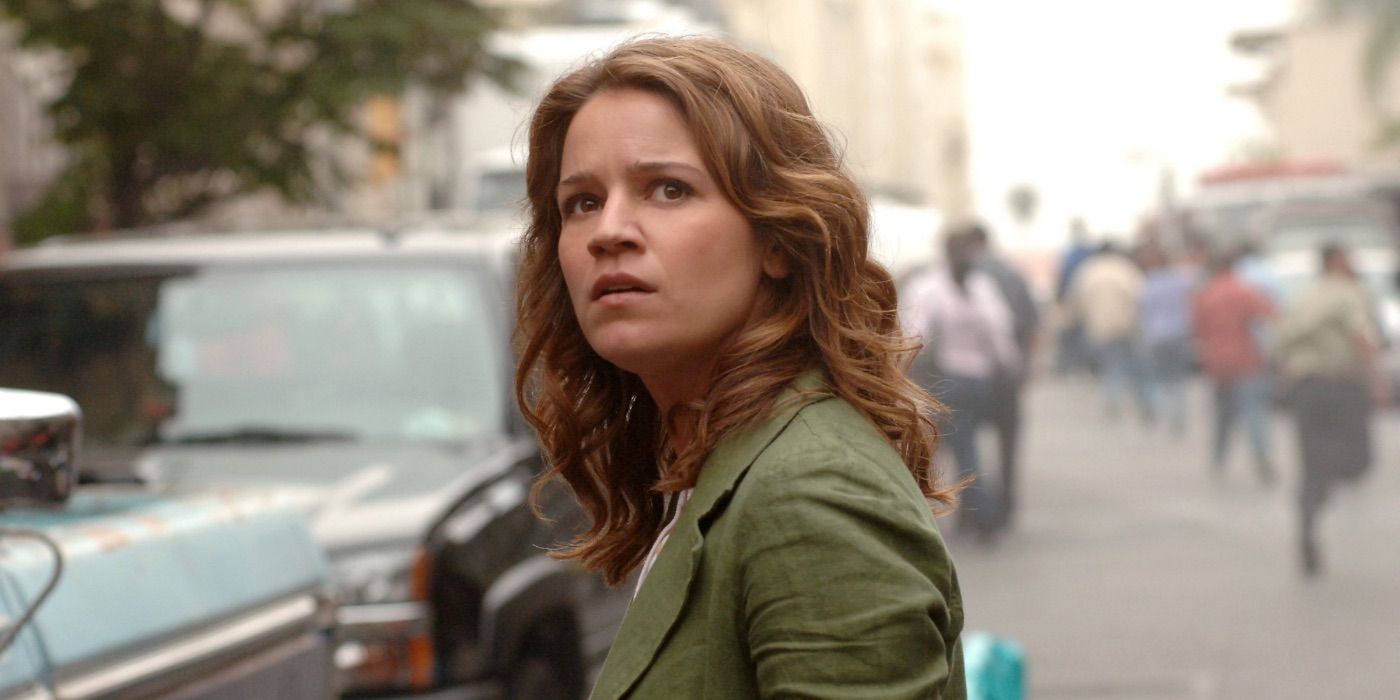CSI: Crime Scene Investigation
Summary
sure tropes have become so ubiquitous that they break down to draw out the same response they once did , and theCSI : Crime Scene Investigationfranchise has overdrive some commonplace one . With its groundbreaking serial , CSIhas undeniably determine the television landscapeof forensic storytelling . Yet , within the gripping tale of crime - solving , despite their initial intrigue , some tropes have traversed the fine telephone circuit between engaging storytelling and predictable clichés .
Once announce for their power to convey a complex berth via tachygraphy , these plot of ground devices now confront scrutiny for their overutilization , specially given crime drama ’s popularity as a genre . As the literary genre itself continue to captivate audiences with its exciting level and intricate forensics , the tropes it uses have been overdrive . CSIestablished a number of ocular and storytelling shorthand that all procedurals seem to habituate now . It serves as a will toCSI , but one of theharsh realities of watchingCSItodayis also the evolving expectation of a discerning audience in procedural storytelling .
Related:10 Real - Life Crimes That Inspired An Episode Of CSI
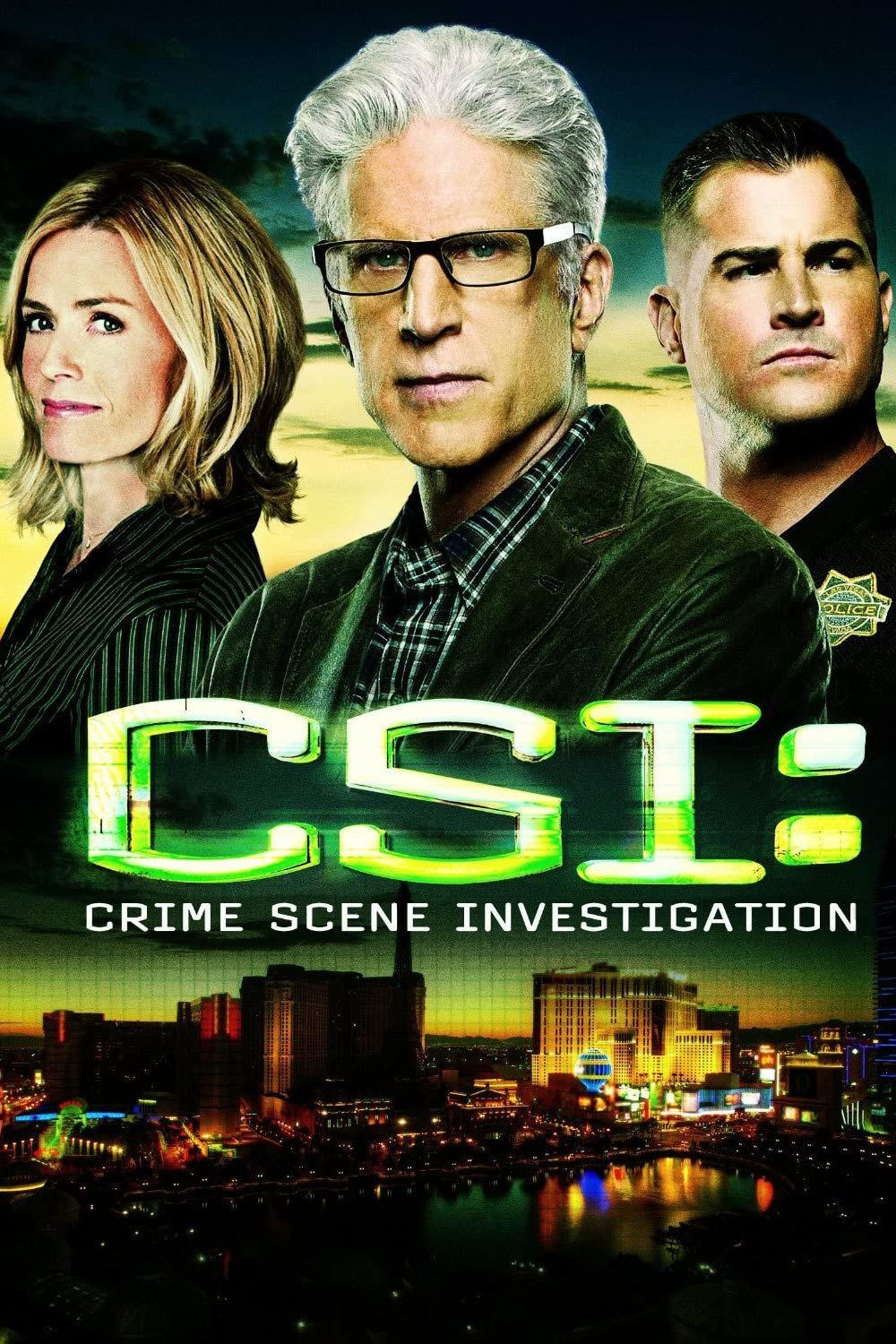
10The Enhance Button Magically Spotlights Vital Clues
Used In Season 5, Episode 24: “Grave Digger”
Magically focalize low-toned - firmness of purpose images to give away crucial details is a machine referred to as the " enhance button " figure of speech . The agency it works is that a jumper lead investigator will order their applied science specializer to whizz along in on an image , uncovering hidden clues necessary for breakthroughs in lick cases . As compelling as the idea is , its popularisation in law-breaking dramas is partially to find fault for create unrealistic expectations and diminishing appreciation for the complexness in real - universe forensic engineering . It ’s just one of the manythings TV show always get amiss about cop . It ’s rarefied that computer computer software can actually whizz in and twist a granular image into a crisp one , especially one that genuinely crack the case .
9CSI’s Cliffhanging Quip To Black One Liners
Used In Season 3, Episode 21: “Forever”
The crack - to - black figure involves concluding a scene or an episode with a dramatic or witty one - liner from the lead research worker , followed by an abrupt cutting to Joseph Black . It work to build suspense and anticipation for the next stage of an investigation , leaving viewers with a memorable statement that compels them to stay tune . CSI ’s very own Gil Grissom is a master at cede these cryptic one - liners . Widely adopted by numerous law-breaking shows , it is used to create a sense of mystery and booking in other media . However , after so much use , its predictability and formulaic nature have fairly belittle the impact of these concluding moment over time .
8Applied Phlebotinum: The Plot Device That Doesn’t Actually Exist
Used In Season 6, Episode 13: “Kiss-Kiss, Bye-Bye”
Unexplained , fictional technology or scientific discipline to make headway the plot without a actual - world fundament is known as the applied phlebotinum trope . Writers create notional prick or methods to solve crimes , often lacking scientific hardiness . For instance , an episode sport a unique forensic proficiency without literal - Earth foundation . see across literary genre , this figure influences storytelling by innovate fantastic component in various media . give phlebotinum bring on many shape , such as memory recollection serum , quantum analysis machine , or holographical reconstruction shaft . The figure is highly effective at construct authority , and while its use may get clash between a show ’s narrative and its more skeptical viewers , it ’s unlikely Applied Phlebotinum will go down out of use anytime soon .
7Flash-Forward Teases How CSI Episodes End At The Beginning
Used In Season 9, Episode 1: “For Warrick”
When an episode provides a sneak peek into a polar scene or climax , it employs the flash - forward trope , inviting viewers to reconstruct the blossom forth narration . Its efficacy lie down in enamour audience from the start , demo a mystery that fuels expectation for its eventual resolution . This proficiency is sweep up to quick immerse audience and sustain an breeze of suspense . Yet , a possible drawback emerges in its predictability , allowing viewers to foresee how the episode might conclude . This predictability , while serving as a rule for involution , may unwittingly diminish the constituent of surprisal , impacting the figure ’s power to systematically captivate and intrigue viewers .
6The Strongest Protagonist Always Needs An Evil Counterpart
Used In Season 9, Episode 10: “One to Go”
The evil opposite number figure of speech set up a recur opposer as the originator behind the criminal offence , cultivate a lasting rivalry with the Pb tec . wide adopted across writing style , this narrative equipment emphasise the import of a compelling antagonist in shaping piquant plot line . The obvious battle with an above - average protagonist is that average problems become too easy for their advanced skills or mind . While the trope serves as an answer to this dilemma by providing a worthy antagonist for its main character , its overuse has made it all the more important for writers to discover a balance between the compelling nature of the antagonist and avoiding formulaic outcomes .
Related:15 Best Episodes Of CSI , According To IMDb
5The CSI Science Hero Saves The Day
Used In Season 4, Episode 10: “Coming of Rage”
WhetherCSIwas the first criminal offense drama to showcase offence - fighting forensic scientists is up for debate , but it certainly sparked the science hero trend . The trope works something like this : a lone forensic expert wielding extensive noesis plays a polar role in resolving extraordinary case . Operating on the grandness and expansive scientific sympathy of enounce expert , their insights importantly contribute to successful shell resolution . support characters , both good and bad , of course devalue the Science Hero ’s area of expertise but are then repeatedly proven incorrect whenever the submarine cracks the case . While the trope is fun , its impact is begin to diminish as a result of its overuse .
4Accidental Murders: Where No One Was Supposed To Die
Used In Season 7, Episode 16: “Monster in the Box”
Unintended consequence of unrelated criminal action , specifically those leading to unexpected death , can all be attributed to the inadvertent murders trope . Adding complexness to the storyline , it unveils unforeseen connexion between seemingly unrelated event . The figure introduces wrench and moral dilemmas , impart to its influence on other media . It can also be in effect in counteract viewer expectations by permit for an challenging exploration into the force play of cause and impression . However , its overuse in criminal offense dramas Stephen Collins Foster a sense of déjà vu and diminishes the impact of accidental expiry . To asseverate the trope ’s effectiveness , storytellers should explore nuanced variations and more unique narration angles .
3The Wrong Person Was Murdered By Mistake
Used In Season 1, Episode 4: “Pledging Mr. Johnson”
Whenever the orca mistakenly targets the wrong individual , the murder by mistake trope is in fun , adding a twist to the investigating . investigator are lured off by the correct scent , since deducing a culprit almost always requires a clear understanding of who the victim is . to boot , mistake often serve as a object lesson to the cause of death for leap to conclusions or misplacing their anger . oft employed in various media , the figure of speech serves to create suspense and gainsay investigator with unexpected developments . Despite the trope being intended to keep watcher guessing , its overuse defecate it much more predictable than it used to be .
2CSI Main Characters Love Referencing Occam’s Razor
Used in Season 2, Episode 13: “Identity Crisis”
Among television tropes , Occam ’s razor is a tried and true method for solving a complex problem with a simple result . More often than not , it functions by highlighting deductive reasoning and ordered trouble - solving within criminal offence scenarios . An example is Sherlock Holmes stating that something “ is elemental . ” In other words : basic . However , the trope has been used to decease , resulting in predictable , monotonic , and perhaps even lazy storytelling . While the image does serve to remind fictional character and looker not to overthink a trouble , it ’s important to strike a balance to see to it that Occam ’s Razor remains a valuable peter without becoming a formulaic narrative equipment in the realm of investigative storytelling .
1The CSI Main Characters Are The Only Ones That Can Help
Used In Season 3, Episode 19: A Night at the Movies”
The Only Ones trope underscores the vitalness of the main characters by show them as the exclusive resolution to complex crime scenarios . Additionally , local law enforcement exclusively depends on the expertise of the main CSI squad , excluding assist from other specialised social unit . Frequently used in a multitude of other procedural shows , this narrative equipment emphasizes the singularity and irreplaceability of key characters in crime - solving narration . An example is experience forensic scientist participate in an interrogation . In reality , the figure of speech is quite funny , as it visit criminal offense scene investigators partake in aspects of an investigation they plausibly have no breeding or interest in .
Source : TV Tropes
